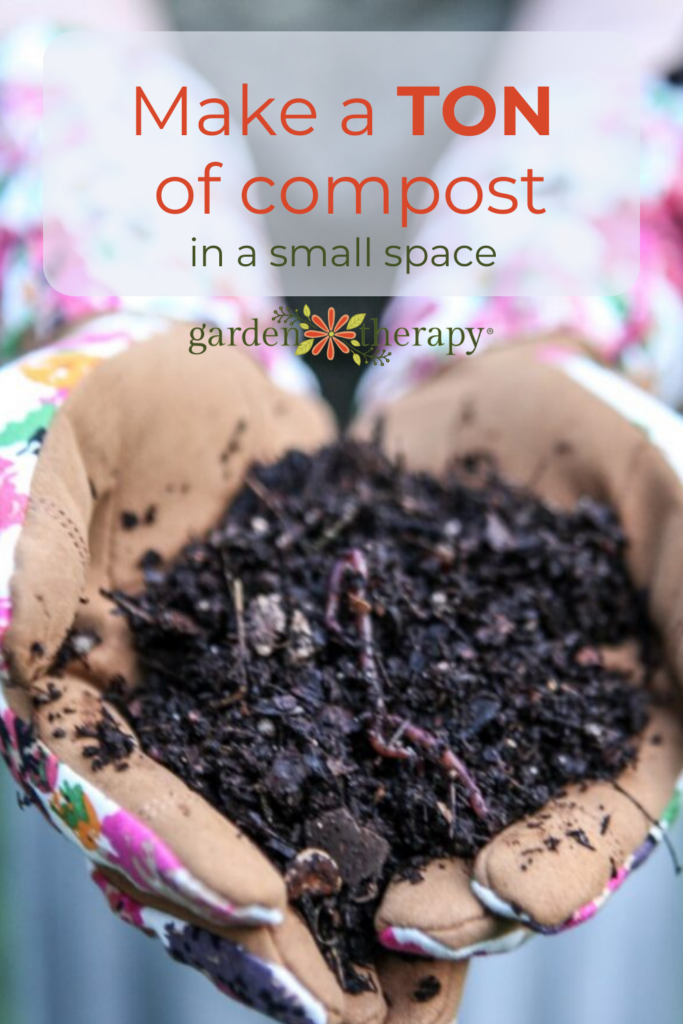How to Make Enough Compost for My Garden: Urban Composting Fix
Adding compost to your soil is one of the best things you can do for your garden. So, no wonder you want to produce as much of it as possible! When it comes to urban composting, you want to think beyond the traditional, small compost bin so you can get as much of the garden gold as possible.
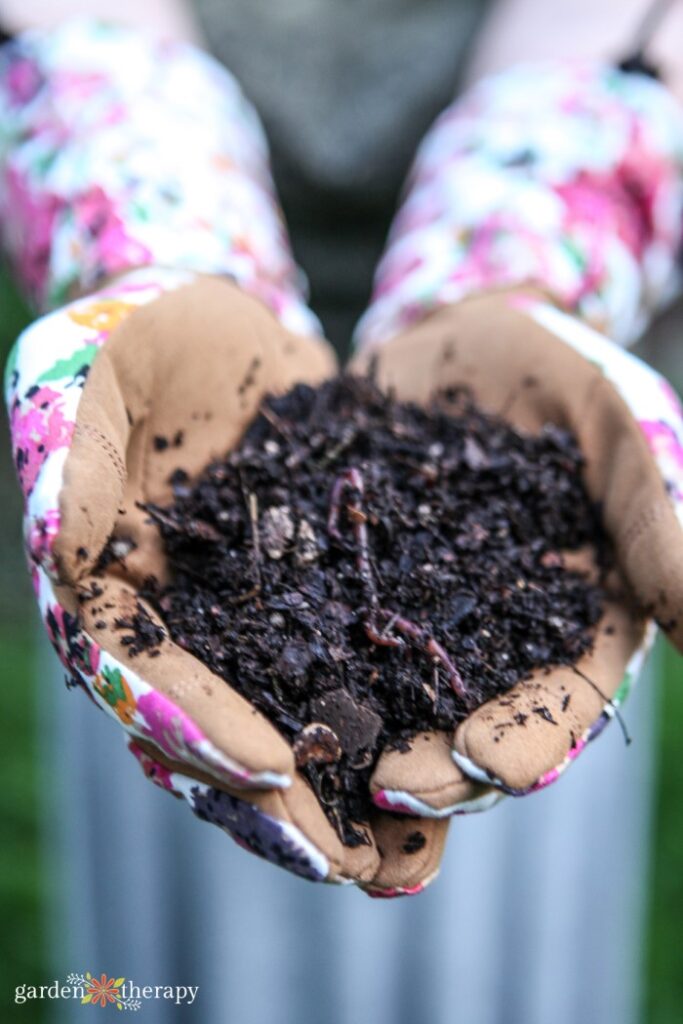
I gush about composting the same way someone gushes about their partner. Compost is pure garden gold. It’s one of the easiest, most affordable ways to improve your garden’s soil. All while preventing more waste from ending up in the landfill.
In my garden, I don’t use any fertilizer. Most of my garden beds have all the necessary nutrients already in the soil, with compost improving the organic matter, microbes, and soil structure. When using compost, your soil will be able to hold more moisture, be more aerated, and have more nutritional value for your plants.
Compost is pretty cool hey?
While many think composting may be as easy as tossing all your kitchen waste in a pile, it’s not that simple. It’s also not hard to do when done right.
If, like me, you need lots of compost to kickstart a new gardening space, here’s how you can maximize your small space composting system.
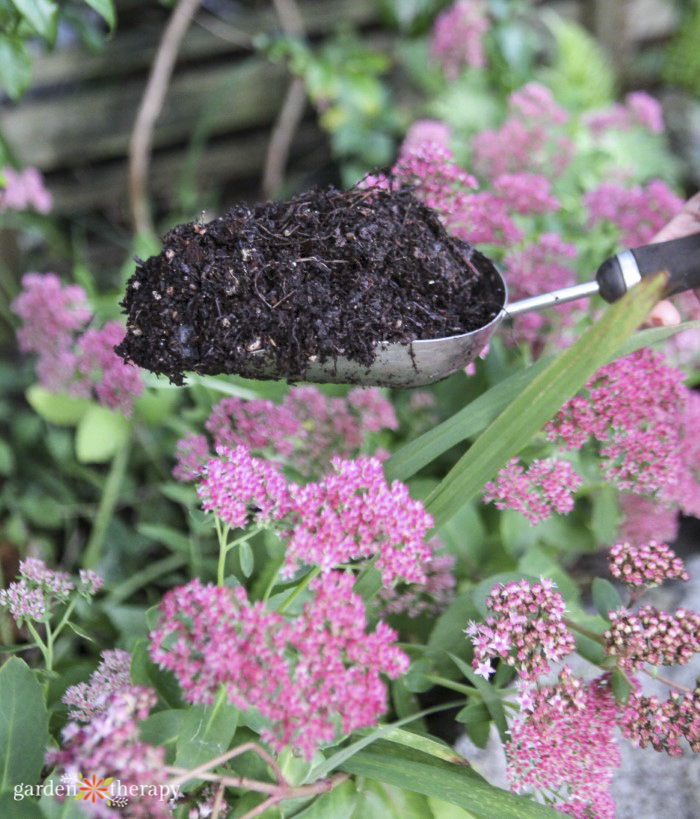

How to Make Compost
To make compost, you need four key ingredients: nitrogen, carbon, air, and moisture.
Nitrogen is full of “greens” like kitchen scraps, grass clippings, and trimmings from your gardens. You need one part of nitrogen.
Next, you need two to three parts of “browns” as the carbon source. These are typically dry and bulk, like paper, straw, or other shredded woody material.
Compost needs to be turned regularly to encourage air (oxygen) to help speed up composition, as well as moisture.
You can learn more about how to master making compost in this post. This method is what you traditionally use in a compost bin or pile for your backyard.
But unless you have lots of space, it’s hard to make enough compost to feed a new garden with poor soil. And even if you do have lots of space, that probably means you need even more compost than the average gardener!
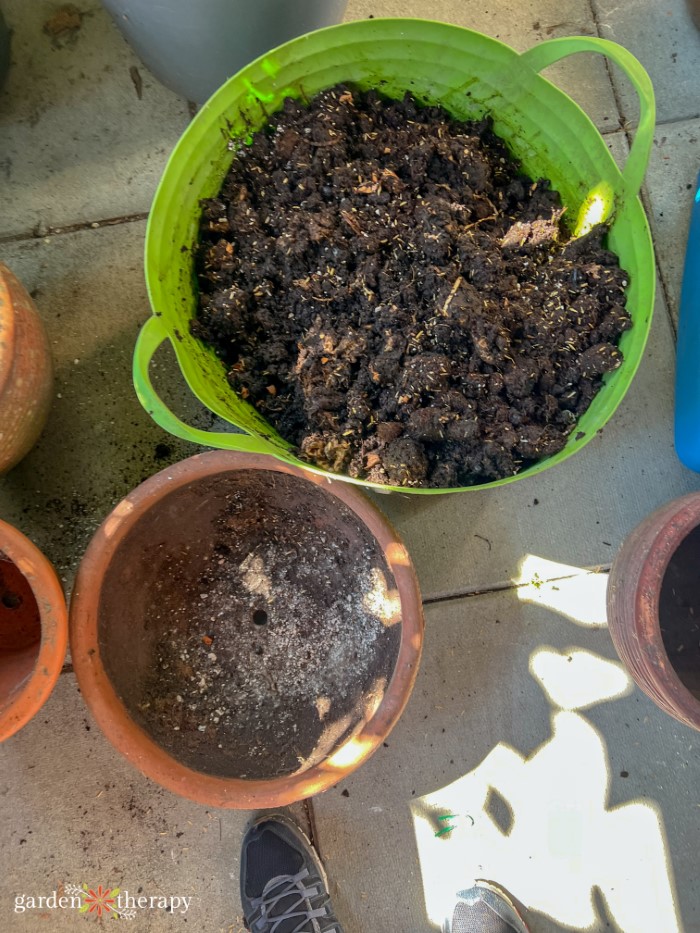

How I’m Managing My Urban Composting System
I’m in my first spring in my new home. The yard is quite neglected, full of poor drainage and patchy grass.
In the back is a large raised bed left behind by the previous owners. About 10 ft by 7 ft, it goes right up against the neighbour’s fence. Because of this design, getting to the back corner without climbing into the bed is impossible.
I built pathways in it last summer, but it is wasted space. So, I’m ripping the whole thing out this upcoming summer to create a more functional gardening bed.
Right now, I’m dumping every ounce of greens and browns I have in the raised bed in hopes that I’ll make tons of compost. I have plans for a food forest, and I’ll need all the compost I can get to feed my neglected soil.
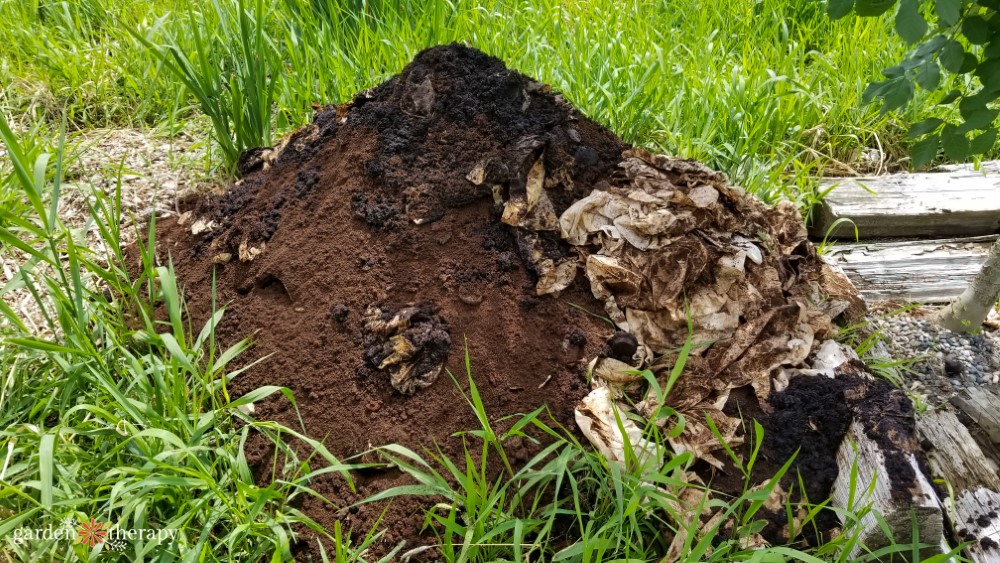

How Can I Make Enough Compost for My Whole Garden?
The secret to making lots of compost is to use as many different methods as possible rather than relying on one traditional, small compost bin. Rather than removing any organic matter from your garden or throwing out kitchen scraps, find ways to use it in your garden.
Here are some of the methods I’ll use to utilize compact composting.
Mulching
Mulches are incredibly popular with permaculturalists and gardeners because of the regenerative properties they provide for the soil. The protective layer of organic material keeps the soil temperatures more consistent, deters surface evaporation, and decomposes slowly to add nutrients.
Here’s what you can use in your garden as mulch deriving from nature:
- Leaf mold
- Wood chips (nothing dyed)
- Pine straw/conifer needles
- Straw Cardboard (broken into smaller 6–12-inch pieces)
- Grass clippings
- Seaweed
As a form of urban composting, add a layer of mulch over any of your garden beds in the fall. It will insulate the soil and eventually break down into the soil.
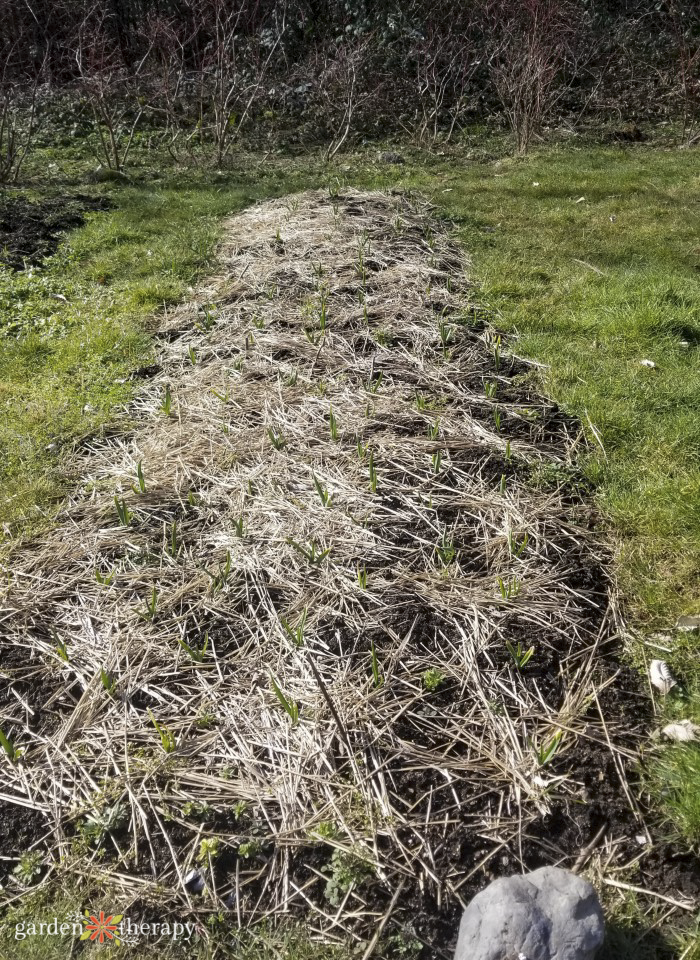

Chop and Drop
Chop and drop is a form of mulching where you cut back the plant material in your garden and leave it on top of the soil surface to decompose in place.
This will feed the roots of their own kind, mimicking how they fertilize the soil in nature. Avoid plants that have gone to seed and only use disease- and pest-free materials.
This is an excellent form of compact composting that you can do during the growing season as you work in the garden.
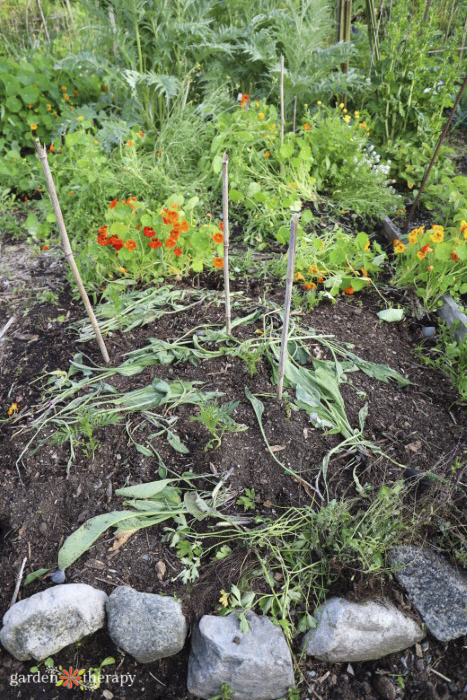

Green Manure
Also known as cover crops, green manures are plants that are grown with the sole purpose of going back into the soil. The plants typically are nitrogen-fixing crops.
The plants are pulled or cut down and then chopped into smaller pieces. The top layer turns into mulch on the soil surface (it’s no longer suggested to till it into the soil). Below ground, the remaining roots are left to decompose. As the top and bottom decompose, they provide nutrients and soil-conditioning effects.
To use green manures as a form of urban composting, they work best in larger gardening beds, or if you want to feed a new lawn.
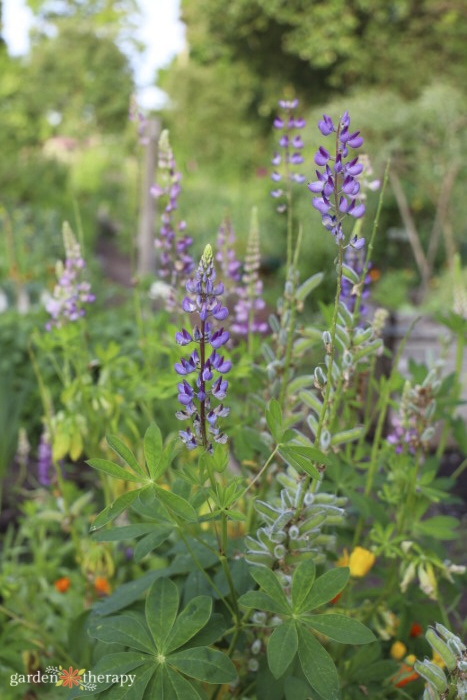

Spot Compost
With only one small compost bin, it can fill up quickly. Rather than continuously piling in more, you want to let the green waste sit and fully decompose before adding in more scraps.
Spot composting is an easy way to get into composting. To do so, you can dig a hole directly in your gardening bed, add in your green scraps, and then cover it up.
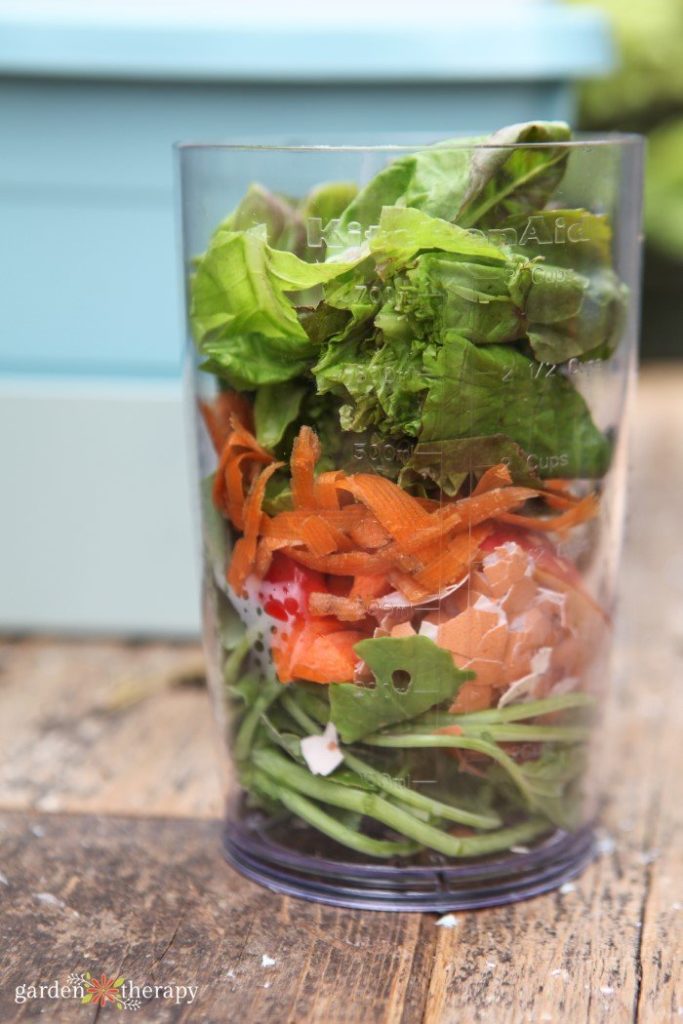

Worm Bins
I have pet worms, and so could you! Worm bins are one of my favourite urban composting methods, and they are great for those with minimal space. Vermicomposting is where you use worms to decompose your kitchen scraps alongside carbon materials like straw and paper.
Here’s how you can make your own worm bin and upkeep it to keep your worms happy and eating.
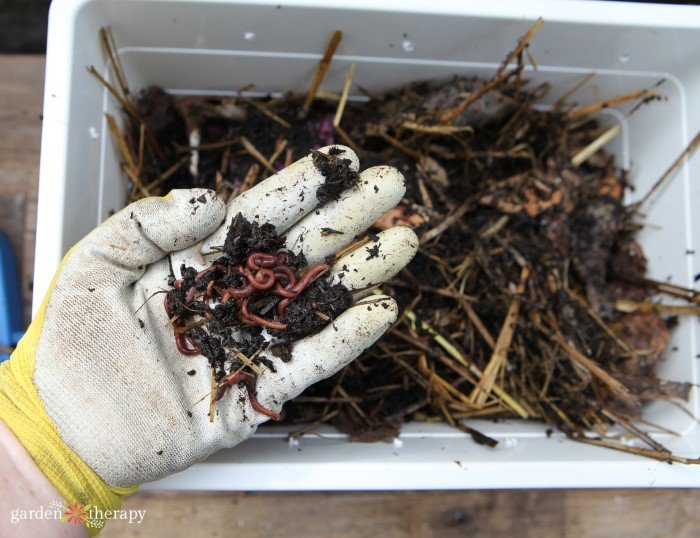

Do you have more compost questions? Leave them in the comments below, and I’ll get back to you as soon as I can.
More Tips for Improving Soil


